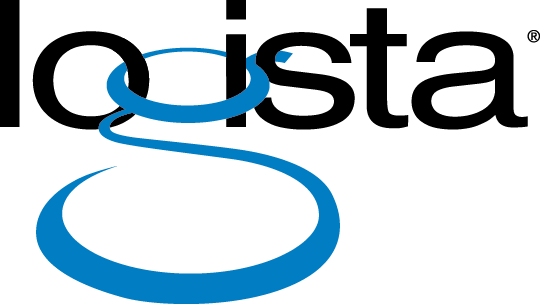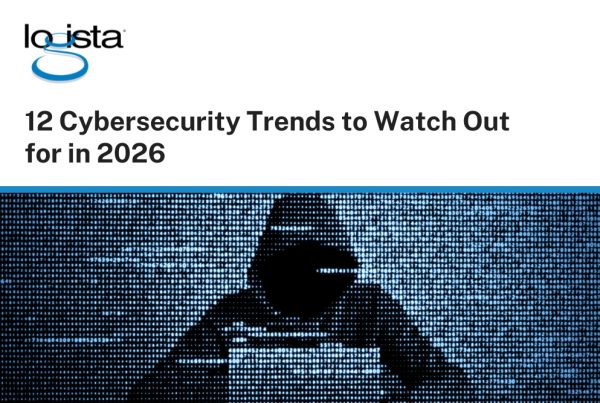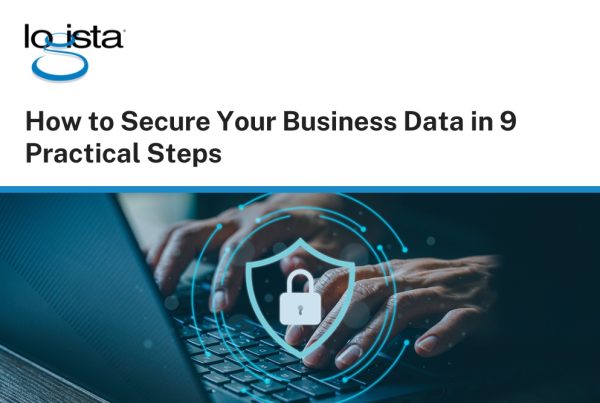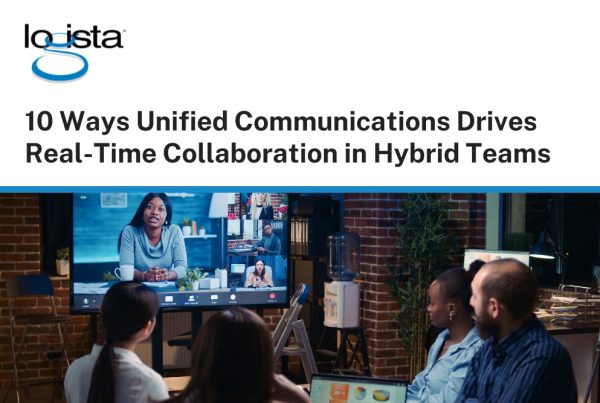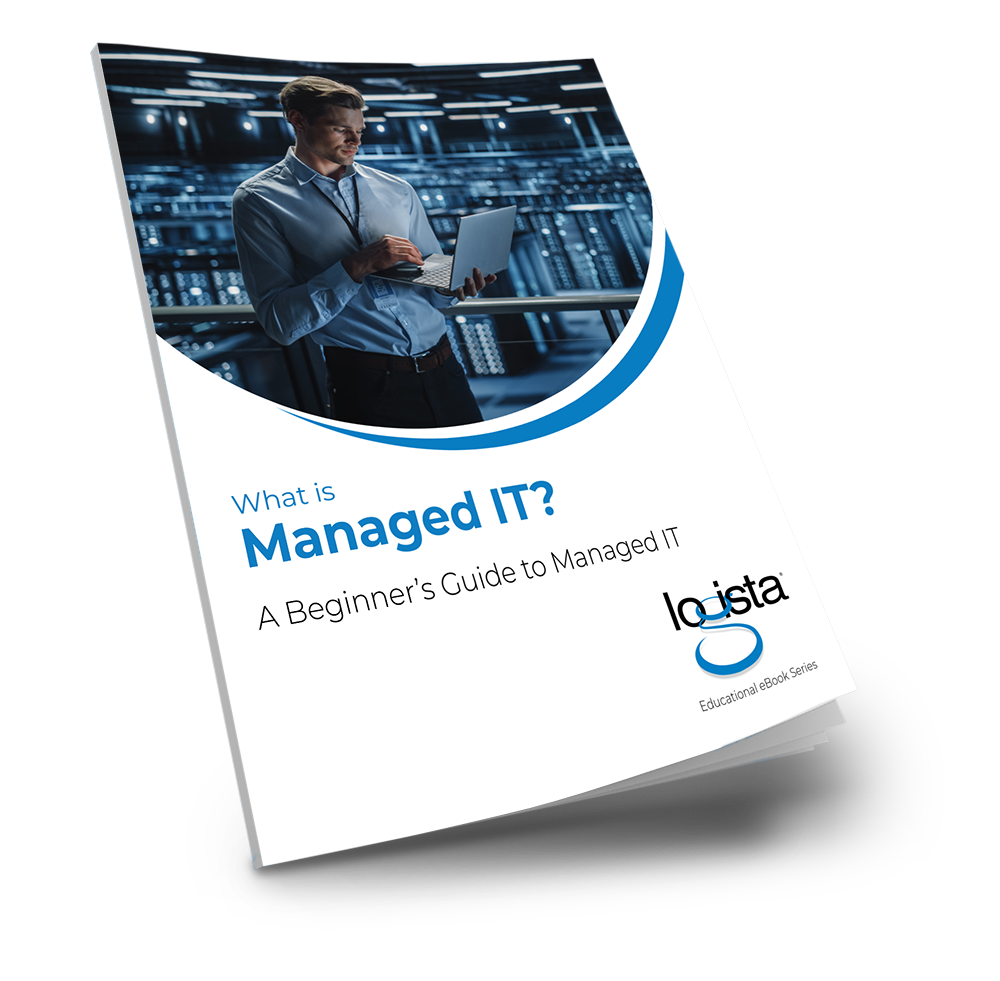The cybersecurity market has changed dramatically in the past few years thanks to the increased frequency and severity of the threats. According to cybersecurity experts, ransomware, business email compromises, supply chain disruptors, and social engineering attacks are all on the rise and getting more sophisticated.
Most of the top cyber insurance companies have imposed security control requirements in order to meet their terms for coverage. Here are some steps to better prepare your company to meet the requirements of cyber security insurance providers.

Use Multi-Factor Authentication (MFA)
MFA is a critical control to reduce risks across an enterprise. Users must know their password and possess a security token. MFA can significantly reduce ransomware incidents, phishing attempts, and credential stuffing attacks. Enable MFA for all email, VPN, and critical system access.
Have an Incident Response Plan and Consistently Test
An incident response plan is a way to identify, respond and recover from a cybersecurity incident. Your response plan should include ways to contact critical personnel who oversee and manage an incident. However, a strategy is only good if it works. To be effective, test your plan regularly across various threat scenarios. Make sure key stakeholders and your incident management team are involved in any testing.
Create Encrypted Backups and Offsite Storage
Simply having a backup is not enough to thwart a determined threat anymore. Backups need to be encrypted and stored in an “air-gapped” environment offsite. By encrypting backups, hackers are less likely to be able to access or alter critical files. By taking the extra step of storing data offsite, an organization can be reasonably sure that its information is out of reach for anyone without physical access.

Proper Removal of End-of-Service (EOS) and End-of-Life (EOL) Devices and Software
One of the most difficult challenges for many companies is tackling proper patch and vulnerability management and end-of-service issues for legacy technology. Attackers commonly target legacy systems as they understand that patches and security issues are no longer being handled, and in many cases these devices are no longer being supported.
Implement Advanced Endpoint Detection and Response Solutions (EDR)
An EDR solution can help prevent ransomware and other activities, like network reconnaissance, and credential dumping. Today, many EDR solutions incorporate machine learning to identify and prevent malware from executing.
Enable Logging for All Devices, Software, and Systems
In digital forensics, a common issue is the lack of logging and evidence. Endpoints, servers, and network equipment often have logging abilities that can send log files to a centralized platform for storage and threat correlation. Enabling logging and retaining log files for 90 days can help create a trail in the event of a cyberattack.
Implementing these precautions and training your team to recognize and react to any cyber event can prepare your business to qualify for or lower your cyber insurance costs. In today’s business climate, cyber insurance is a must. Having measures in place can help you keep your rates as low as possible.
About Logista Solutions
Logista Solutions is a nationally recognized leader in a broad range of technology management solutions. As one of the largest technology support providers in the U.S., Logista provides innovative and holistic solutions to help companies take control of their IT infrastructure and achieve better business outcomes. Popular services include Managed IT as a Service, VoIP and Unified Communications, Managed Print, Cloud Services and Asset Disposition.
